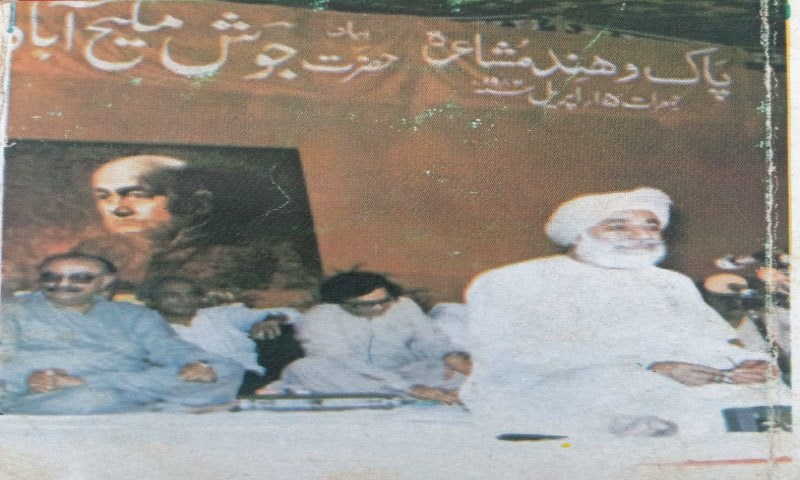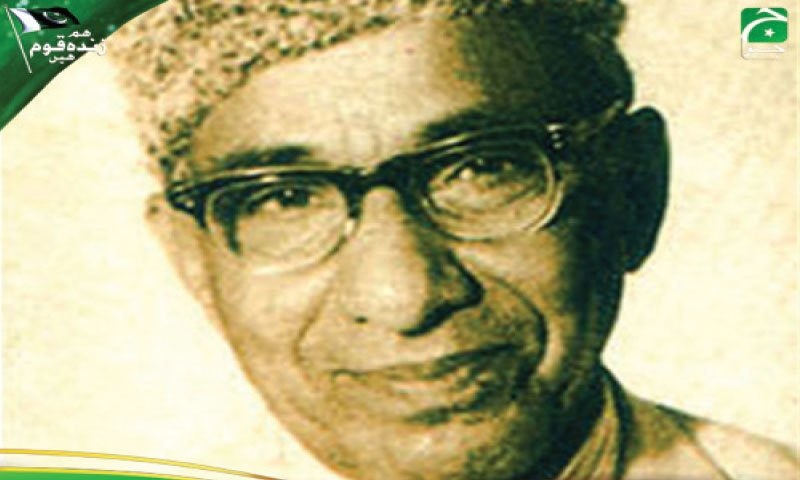by JINOY JOSE P.

Dear reader,
For someone who has spent nearly a decade in pure-vanilla business journalism, I have a love-hate relationship with financial markets. I love their Byzantine complexity—perhaps the only sector that truly mirrors human life, where simple processes become Rube Goldberg machines of mathematical absurdity. Like in life, the winners are not the straightforward ones following the rules. They are the ones gaming the system, finding loopholes within loopholes, building empires on milliseconds, and exploiting inefficiencies that should not exist in the first place. That is one aspect of the markets that I hate.
Charles Ponzi understood this perfectly. In 1920, he promised investors an unbelievable 50 per cent return in just 45 days. It was a simple scam—he merely paid early investors with money from later ones, creating an illusion of profits. Ponzi’s scheme collapsed spectacularly, branding financial markets forever as playgrounds for the cunning and unscrupulous.
Ponzi famously quipped before his fall, “I landed in this country with $2.50 in cash and $1 million in hopes, and those hopes never left me.” It seems today’s high-frequency traders have transformed that audacious hope into algorithmic certainty, turning Wall Street and global markets into a video game where the house always wins—as long as you own the house, the console, and the fibre-optic cables connecting them.
The core challenge facing modern markets is not just speed—it is the arms race between those who build the systems and those who exploit them. High-frequency trading (HFT) firms now execute over 50 per cent of all US equity trades, operating in timeframes so minute that a sneeze could cost millions. These digital desperados have created a parallel universe where geography matters more to traders today than geology once did to oil barons. Being a millisecond faster than your competitor is now worth more than being right about a company’s fundamentals.
The evolution from ticker tape to today’s algorithmic mayhem reads like a heist movie directed by someone with a PhD in theoretical physics. Consider this: In 1987, during Black Monday, panic engulfed trading floors within a single session, with the Dow plunging 22.6 per cent in less than 7 hours. Today, a flash crash can wipe out a trillion dollars of market value in just 36 minutes—as happened on May 6, 2010—before algorithms even realise they have been spooked by their own shadows.
Michael Lewis captured this absurdity brilliantly in Flash Boys, showing how HFT firms drilled through mountains to lay straighter fibre-optic cables, shaving microseconds off trade execution times. One firm, Spread Networks, spent $300 million to build a cable between Chicago and New Jersey that was 827 miles long—100 miles shorter than the existing route. That difference translated to about, hold your breath, three milliseconds, which industry insiders estimated could mean tens of millions of dollars gained per millisecond saved.
The techniques these firms employ would make Charles Ponzi blush. Take “quote stuffing”—flooding markets with thousands of orders per second, only to cancel them nanoseconds later, creating a smokescreen that slows competitors’ systems. Or “spoofing”, where traders place large orders they never intend to execute, manipulating prices before darting in for the actual trade. It is akin to playing poker while openly showing fake cards to confuse the table.
Reports say Renaissance Technologies, perhaps the most successful quant fund ever, employs more PhDs than many universities—mathematicians, physicists, and signal processing experts who have never taken a finance class but can spot patterns in market noise that traditional traders miss entirely. Their Medallion Fund, after rocky initial years including a 4 per cent loss in 1989, went on to average 66 per cent annual returns before fees, with net returns of 39 per cent after their substantial 5 per cent management and 44 per cent performance fees.
That’s a performance making Warren Buffett seem as cautious as someone hiding cash beneath a mattress.
The infrastructure behind this digital gold rush is equally absurd. Firms pay millions for “co-location” services, placing servers physically inside stock exchanges to eliminate speed-of-light delays. The New York Stock Exchange charges tens of thousands of dollars per month for a single server rack in its Mahwah, New Jersey, facility—more than most Americans earn annually, paid just to be a few feet closer to the matching engine.
Exchanges themselves have become willing accomplices. They sell privileged data feeds granting HFT firms market information microseconds ahead of regular investors. It is like, as an analyst put it, selling binoculars at a horse race, then secretly auctioning telescopes to the highest bidders. The arms race has spawned an entire ecosystem of technological excess. Firms now employ microwave and laser transmissions for faster-than-fibre communication. McKay Brothers operates microwave towers between Chicago and New Jersey that beat fibre by 4.5 microseconds, charging $14,000 monthly for access, effectively monetising time itself.
Frontline for more












